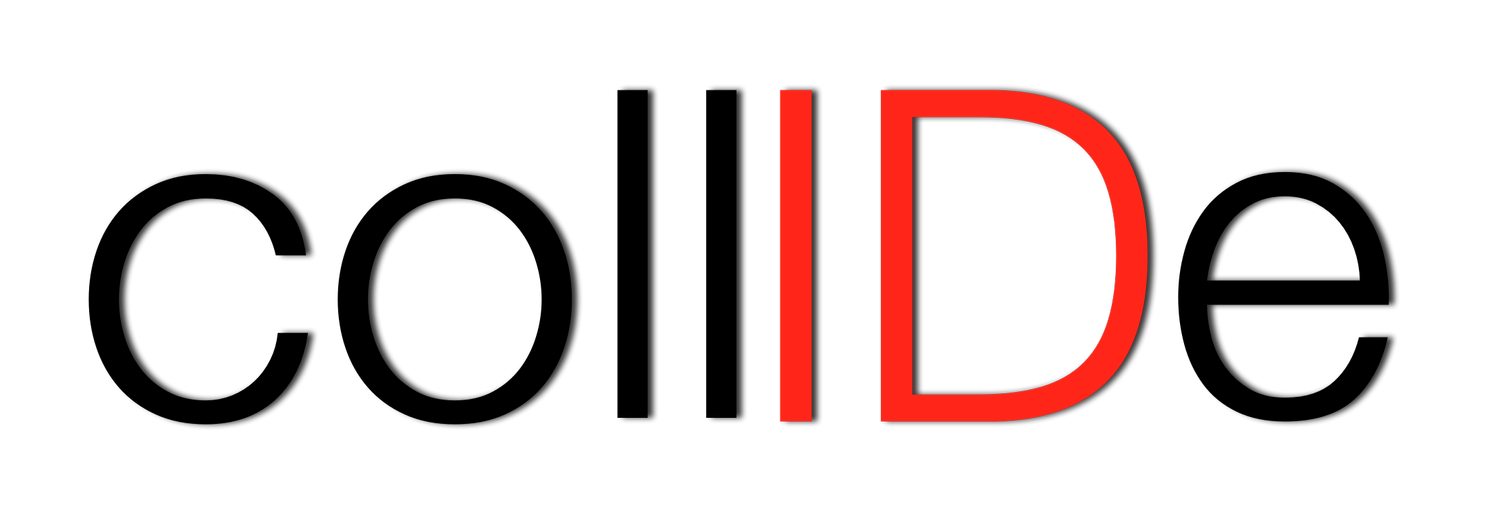Drivers
Why "authenticate" a product? It takes time, costs money, it's hard to quantify the benefits, and its inconvenient.
When you stop to consider these questions, you realize that there needs to be a Driver. Some reason that tips a company over the edge to take the time, effort and cost to make it happen. Probably the easiest way to rank these is to think along two axes, one being urgency and the other being the magnitude of risk.
The easiest driver to understand, and the most urgent, is regulatory. Pharma companies will be spending millions on serialization over the next couple of years, not just because they think its the right thing to do, but because governments have required it. And when a regulatory driver is present, the cost goes from being a "hard to quantify" to a "cost of doing business".
Next is a legal driver. IMO, actual or potential liability & litigation for the effects of a counterfeit product is a much stronger motivator than even the threat of the loss of sales, profits or brand image. It's really hard to quantify how much these issues effect a company, and there's no requirement to report them, but a negative verdict in a liability action almost invariably becomes public, along with the damages awarded.
Finally, value based drivers (loss of sales, profits and/or image) are the ones we're most familiar with, and hear about most often. But they are the hardest to quantify, both on the front and the back end.
Hard to value what you should spend, when you don't know what it's costing you, or what the return will be.
